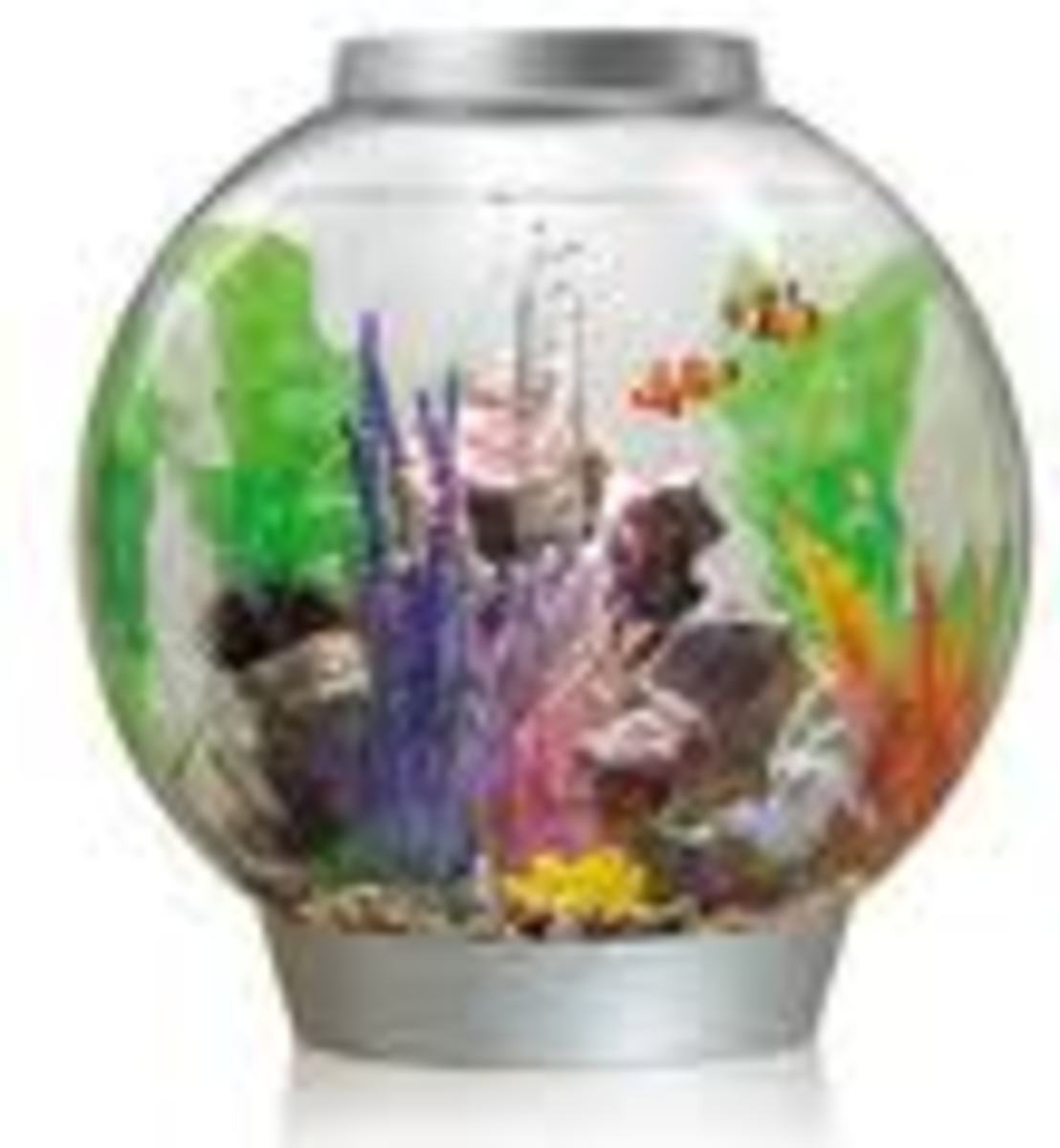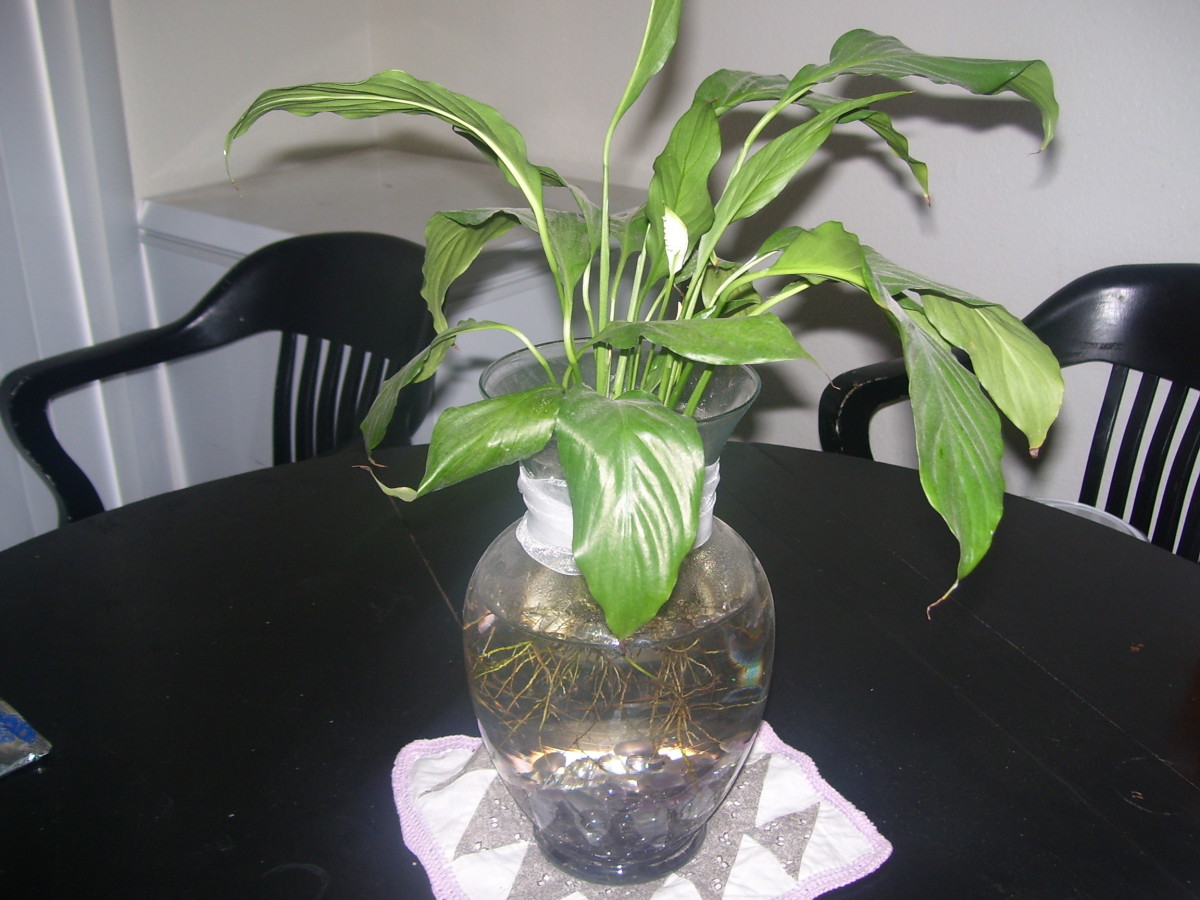- HubPages»
- Pets and Animals»
- Tropical Fish & Aquariums»
- Aquariums & Fishbowls
The Natural Aquarium, 2 Water
I get it

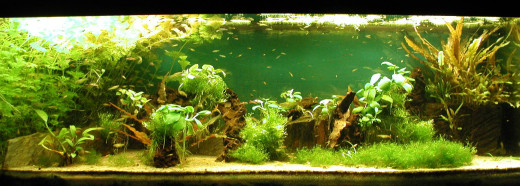

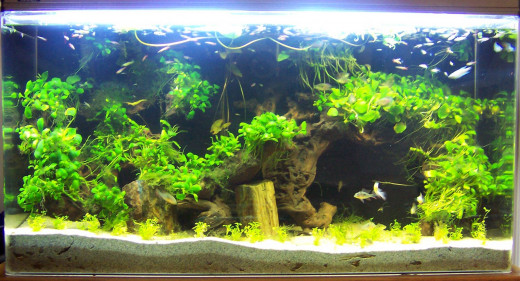
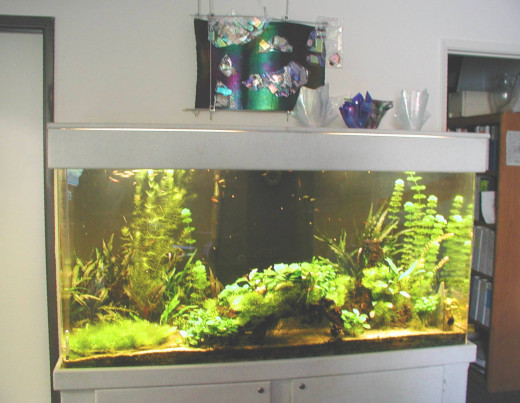
Step Two, Water Changes
OK, I have fallen to the dark side. Having turned off the air bubbles, and aerating filters, CO2 is now allowed to remain in the tank. I have plants growing in the tank so happy they can even be seen giving off oxygen bubbles in small streams.
Even back then the idea that CO2 was bad had started to creep into our society. It turns out that an article in 1922 claimed humans had done irreparable damage to the environment and we were experiencing a warming trend, seen then in the (temporary) decline in cod off of Denmark. Yep, CO2 had been getting the blame since 1922.
But there was more.
In various online fish groups people took the standard stance on water changes: Change 25% of the water every week, and. preferably, use aged water. I knew one zoologist who changed 25% of his water every day in several hundred tanks he kept.
What a waste of water!
I kept a 5 gallon water jug in the backyard to age the water which I carried into the house every week and changed some water weekly, but that wasn't quite enough so I also filled one or more large containers and refilled the 5 gallon water bottle several times.
This is a lot of work, and I’m not getting any younger, but the fish did well and the plants flourished.
I now keep a rather unusual liver bearer called Endler’s Livebearer (named for Professor John Endler) and the population was stable and the tank looked great.
The conventional wisdom said that certain proteins in the water given off by fish would inhibit other fish from developing or diminish the fertility, or fecundity of the fish.
While this sounded reasonable, since all plants and animals do things like this with chemical classified as allelopathic chemicals, I could find no information on these supposed chemicals even though several people had offered names for them. Remember, this is before the net, and we had pterodactyls in our trees out front.
Then I became very busy and I did not have time to change my water for several weeks. My on-line friends including a retired zoologist predicted dire consequences for my fishes, however, most of them keep fish in totally empty tanks, just fish and water so they can control water parameter. But the dire consequences never happened, in fact, quite the opposite. Remember my tank is heavily planted at the time and well filtered.
About six weeks later when I had the time to change the water, I realized that I had saved about $15 the previous month in aquarium supplies by not changing the charcoal and other materials. This was good. Money was still tight.
Speak up!
How about you? If you had an aquarium, would you prefer a tank with plants or not?
A Little Experiment
So I decided to do a little experiment.
Let’s just leave the filter as-is and leave the water unchanged and see what happens to the tank. The ominous yet unproved elements that were supposed to suppress the other fishes growth was, after all supposedly a protein and the bacteria should break it down also. (I suppose this is a real situation that in a normal tank that is periodically treated with antibiotics [anti-bacterial medicine] there are insufficient bacteria to handle the organic compounds.)
Being that the filter had synthetic fiber, which can house chemolithotrophic bacteria (this means they consume chemicals and live on rocks, or surfaces), amino chips, which is a type of clay (a rock), and charcoal, which, after all its binding sites are occupied is an excellent bacteria holder and nutrient holder in general, I should have a reasonably good bacteria filter in place already.
Lo and behold, the fish looked better and better and the plants grew faster and faster and everything was humming along just fine without changing the water.
Remember, I had already stopped using bubbles which exchanged the CO2 needed by the plants for oxygen and gaseous nitrogen which is more or less useless in a fish tank.
The fish lived longer, reproduced faster, everything seemed healthier!
Spectacular!
So much for dire consequences, creation was doing the job it was designed to do.
Now, instead of changing 25% of the water every week in three large tanks, changing filter materials, buying more filter materials, and spending half my Saturday working with one aquarium, I saved about 60 to 80 gallons of water and all the cost of the filter materials, and, time. Time is a good thing.
Still, I wondered if this was good for the fish so I watched carefully to see if I started to see any problems with gill damage, impaired swimming, dying fish, and all the other problems that go along with an unstable or unsuitable environments.
Of course, now, the local aquarium shop only saw me when I went in to sell plants and buy food. They had plenty of plants, I had plenty of food. I have not purchased fish food since about 1985! I trade plants for fish food, fish, plants, aquarium equipment, and so on.
They need the plants, I need the other products, this turned into a win-win.
This was good, until they (temporarily) stopped buying plants, then I had lots of mulch.
Mulch is good. (See my series on “Garbage In, Garden Out.”)
Now, as a young adult, and dad I found out what my tanks were missing when I was in High School. The answers were rolling in.
It would seem the experts were not all that expert at all. Even zoology had the wrong idea, everyone was committing what is called the expert fallacy, the logical fallacy that mistakes experts as truth by claiming whatever an expert says must be true. It seems different experts say different things about the same subject, and most of the time they can't both be true because they contradict each other. One says, you need to aerate the tank, the other says, don't aerate the tank, and they cannot both be right.
Here, be careful. If you are using the old model, no real plants, and constantly cleaning the tank, then you do need the air bubblers for oxygen. Personally, I would rather have an indoor water garden, thank you very much.
Keep reading more of these articles to see the rest of the story.
To plant, or not to plant, that is the question


